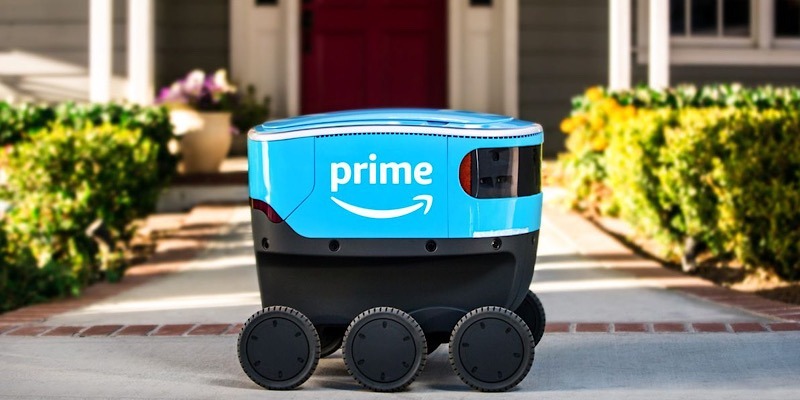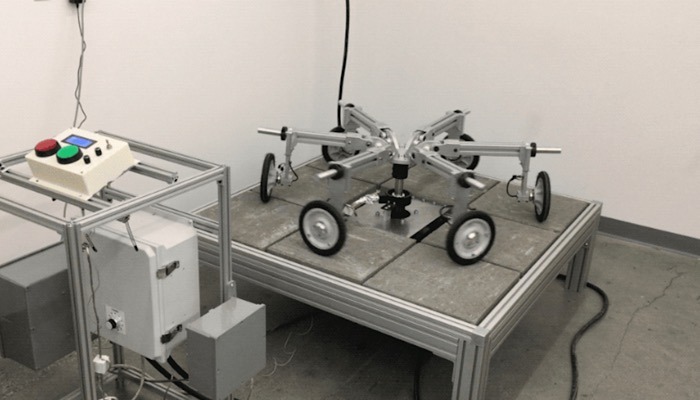
Before you put autonomous cars out on the road with consumers, you have to put them through vigorous testing. The same goes for delivery robots. You can’t expect them to function in a complicated real-world environment without doing vigorous testing in the real world.
Amazon is trying to get around that when training their new delivery robots. They are creating 3D models of the suburbs to test the robots, as they can get more accomplished this way than testing them out in the field.
Amazon Testing Delivery Robots
Amazon is planning on instituting a program with packages being delivered via the Scout delivery robot. Scout VP Sean Scott explained to The Verge that they created virtual maps of United States suburbs to speed up the development of Scout. They did this by collecting 3D data and recreated models of sidewalks that even include such things as storm drains.
“We can run thousands of deliveries in simulation overnight versus taking a bot outside in the real world,” explained Scott. “The bot doesn’t actually. know it’s in a simulation. It thinks it’s in the real world, which is pretty cool.”
With all the innovative products Amazon has introduced, they should be used to this type of thing. In fact, Scott doesn’t believe there are any other companies “talking about this level of fidelity at this scale for this type of training.”
Other than the 3D replicas of the suburbs, Amazon also has an indoor robot park and special apparatus to test the bot’s wheels and how they’ll perform out on the street.

Amazon was nearly forced, though, into testing indoors because they are entering this phase of development rather late. While they first revealed the delivery robot at the beginning of this year, there are other companies that have been working on delivery robots for much longer and testing them in the real world.
But Amazon has the financial resources to put into testing something in this capacity. They implemented a system not too long ago that has delivery drivers leaving packages inside homes and garages.
One focus of Amazon’s testing of Scout is that the bots need to seem natural and not stick out like a sore thumb. For that they stuck to a design that looks like a motorized cooler with a paint job they hope is non-threatening.
“We want the robot to fade into the background,” said Scott. “We call it ‘design for boring.’ “
To go along with that, just like self-driving cars, Scout needs to navigate the sidewalks and not interfere with children, pets, strollers, seniors, etc. They tested it with the same neighborhood dog and knew they were on the right track when the dog barely noticed the robot.
Scout’s Future
Right now Amazon is limiting Scout to real deliveries in a small neighborhood in Washington where humans still accompany it on the deliveries just to make sure everything goes okay.
“The next step is to capture other geographies [and] start testing in simulation. And then, eventually, we’ll be delivering around the world,” exclaims Scott.
Do you think this delivery robot testing will prove successful for Amazon and that Scout will eventually be worldwide and be a natural everyday occurrence? Tell us your thoughts and concerns in the comments.
Image Credit: Amazon via The Verge







